Pat, also known as Korean red bean paste, is a staple in Korean cuisine with a rich history and cultural significance. Made from red adzuki beans, this versatile ingredient is used in a variety of dishes, from sweet desserts to savory meals.
The paste is created by boiling the beans with sugar until they form a thick, sweet mixture that can be enjoyed on its own or as part of different recipes.
In Korea, pat has been cherished for generations, often appearing in traditional dishes like danpatjuk (sweet red bean porridge) and patbap (rice mixed with red beans). These dishes offer a taste of Korean heritage and hold a special place in the hearts of many, often evoking memories of family gatherings and festive celebrations.
Many Korean desserts, such as bungeoppang (fish-shaped cake) and hotteok (sweet pancakes), are filled with this delicious paste, making pat a beloved component of Korean sweets.
If you're curious about this unique and flavorful ingredient, exploring recipes incorporating Korean red bean paste can be a delightful way to experience Korea's culinary tradition.
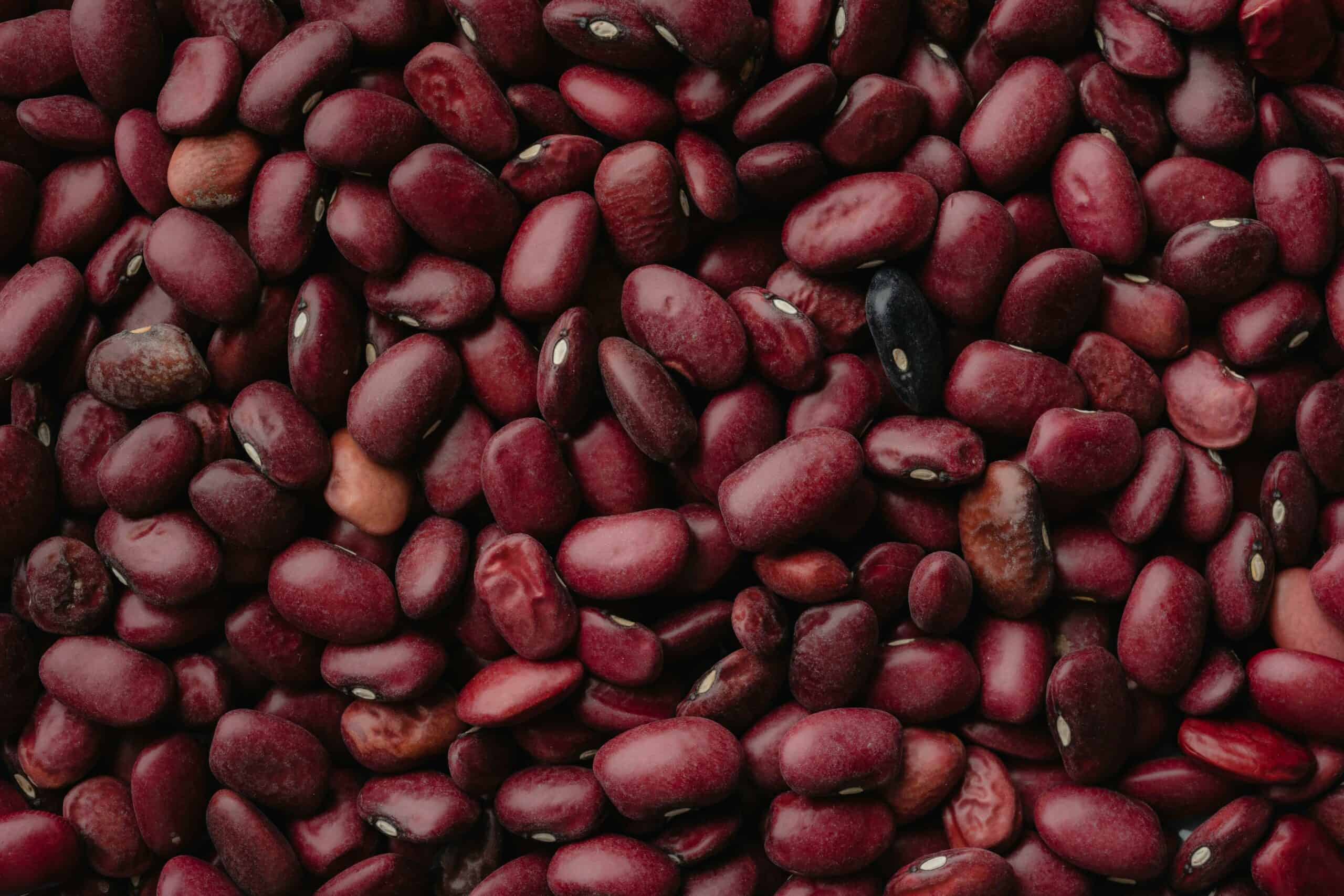
Jump to:
📜 Historical Background of Pat
Pat (팥), or Korean red bean paste, has deep roots in Korean tradition. It dates back centuries and plays a significant role in various cultural practices and rituals.
Red beans are essential in many Korean recipes, often boiled and sweetened to create pat. This paste isn't just a treat; it holds cultural importance, especially during certain times of the year.
One notable tradition involving pat is Dongji, the Korean Winter Solstice. This event is celebrated around December 22 and marks the year's longest night. During Dongji, Koreans prepare special dishes, including patjuk (red bean porridge). The red beans are believed to ward off evil spirits and bring good fortune.
In past centuries, families gathered to share pat dishes during winter. This practice kept people warm and gave a sense of togetherness. They believed red beans' vibrant color and unique taste offered protection and health benefits.
Another significant festival is the celebration of Chuseok, where red bean paste is used in various sweet dishes. One example is danpatjuk, a sweet red bean porridge enjoyed as a comforting treat.
Over time, pat evolved from a simple, symbolic dish to a versatile ingredient used in modern Korean cuisine. It’s now found in an array of sweet and savory treats.
Today, pat continues to be a beloved ingredient in Korean households. From patbingsu (shaved ice with red beans) to traditional rice cakes, pat remains a staple in Korean culinary tradition.
Its rich history and cultural significance endure, making it a cherished part of Korea’s culinary heritage.
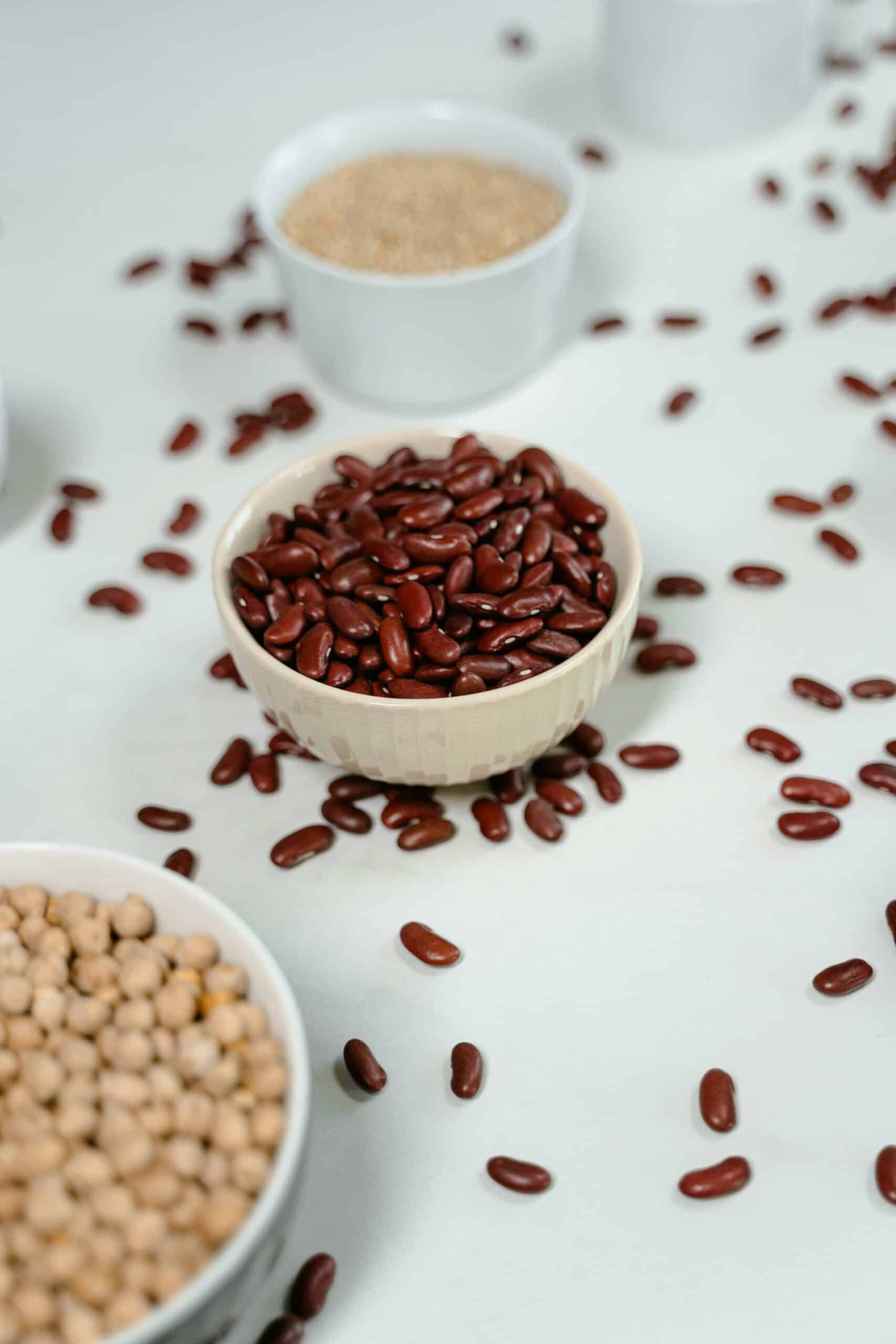
🫘 Exploring Red Beans and Their Significance
Nutritional Value of Red Beans
Adzuki beans are highly valued for their nutritional profile. Each serving is rich in fiber, making them great for digestion. They also provide a good amount of protein, which is important for muscle repair and growth.
In addition, red beans boost iron, a mineral essential for producing healthy red blood cells, which helps prevent anemia. They also contain other important minerals like potassium and magnesium, which support overall health.
These beans offer a balanced mix of nutrients that make them a healthy addition to any diet.
🤔 Pat Variations
Sweet vs. Savory Variations
Sweet Variations
Sweet red bean paste, or pat ang-geum (팥앙금), is traditionally made by boiling adzuki beans with sugar until the beans are soft and mashable. This paste is often used in desserts like patbingsu (shaved ice dessert), red bean buns, and rice cakes.
The smooth, sweet paste is completely mashed, while a chunkier version includes partially mashed beans, providing a different texture. Both versions deliver a rich, sweet flavor that complements the desserts perfectly.
Savory Variations
Savory variants of pat are less common but just as remarkable. These are typically mixed with soy sauce, garlic, and sesame oil, creating a rich, umami paste. Savory pat might be used in dishes like dumplings or as a filling in savory rice cakes.

🥣 Making Traditional Pat
Ingredients for Classic Red Bean Paste
To make a traditional pat, you'll need basic ingredients that are widely available. The main components are red beans and sugar.
You might also need salt and honey for extra flavor, but they’re not mandatory. Also, having boiling water nearby is crucial since it helps quickly soften the beans. Some may also use a bit of water during the mashing process. Here is a simple list of what you need:
- Red beans (1 cup)
- Sugar (⅓ cup)
- Salt (¼ tsp)
- Honey (Optional, 2 tbsp)
- Water (for boiling)
Step-by-Step Cooking Process
- First, rinse the red beans and soak them in water for a few hours or overnight.
- After soaking, drain and place the beans in a pot with fresh water. Bring the water to a boil.
- Once boiling, lower the heat and let the beans simmer until they’re soft. This usually takes about an hour.
- Next, drain the beans again and return them to the pot. Add sugar and a pinch of salt.
- Stir the mixture and add honey if you're using it.
- Mash the beans until you get a smooth paste. You can use a blender or simply mash them by hand.
- Continue cooking on low heat for a few more minutes until everything is well combined and thick.
Your homemade red bean paste is now ready!
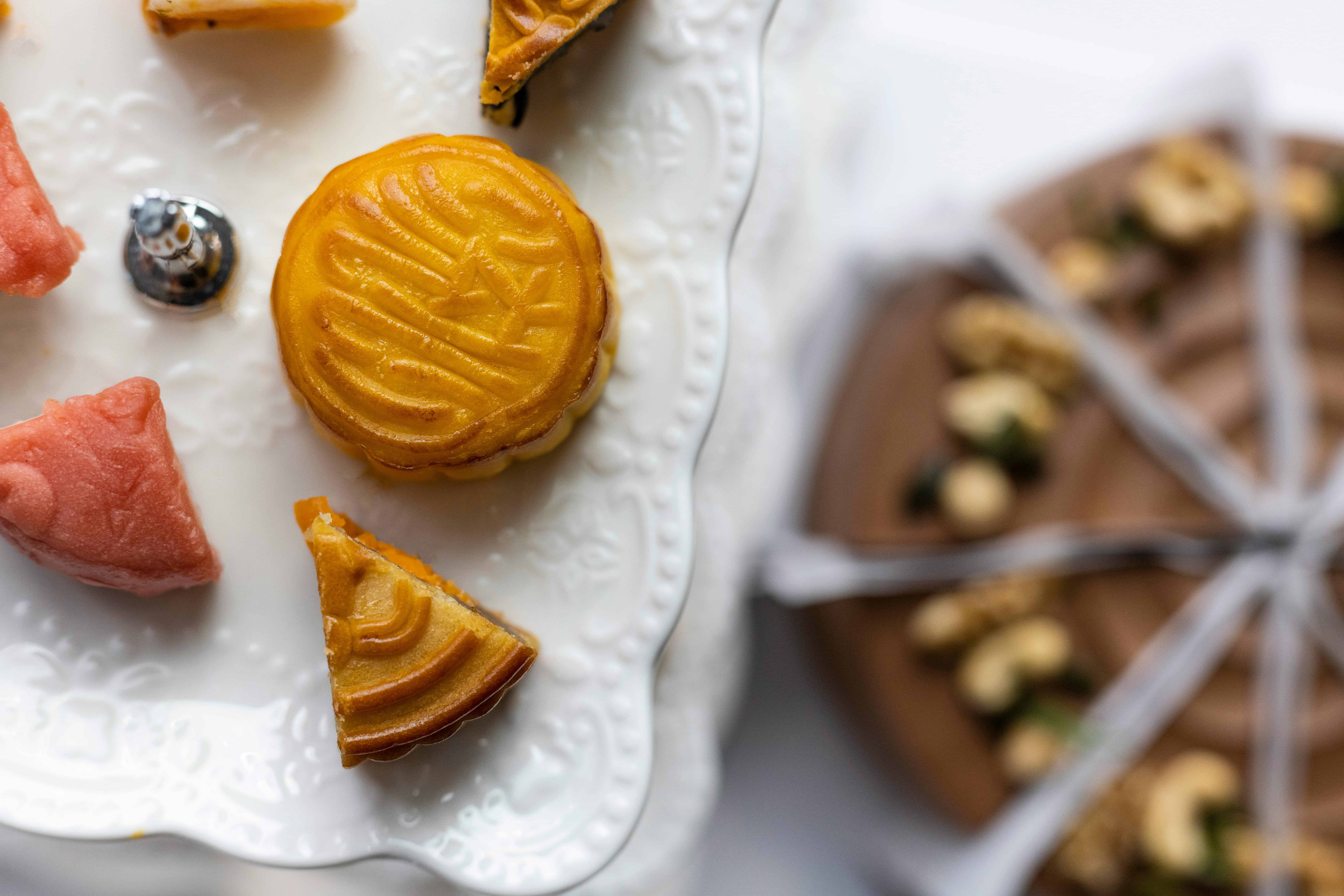
👨🍳 Modern Uses of Pat in Korean Desserts
Pat-Based Sweet Treats
Patbingsu is a popular summer dessert that features shaved ice topped with pat, fruit, and sweet condensed milk. This refreshing dessert is customizable, with toppings like mochi and ice cream.
Bungeoppang is a fish-shaped pastry filled with pat. It's a common street food that combines crispy dough with smooth bean paste, making each bite delightful.
Injeolmi, a type of rice cake, often includes pat as a filling. The chewy rice cake pairs well with the sweet, slightly nutty bean paste.
Sweet red bean soup is another comforting dish in which pat is the star. It's warm and sweet, perfect for cold weather, and often enjoyed with small rice cake balls.
In these modern uses, pat transforms simple ingredients into extraordinary desserts that highlight its unique flavor and texture.
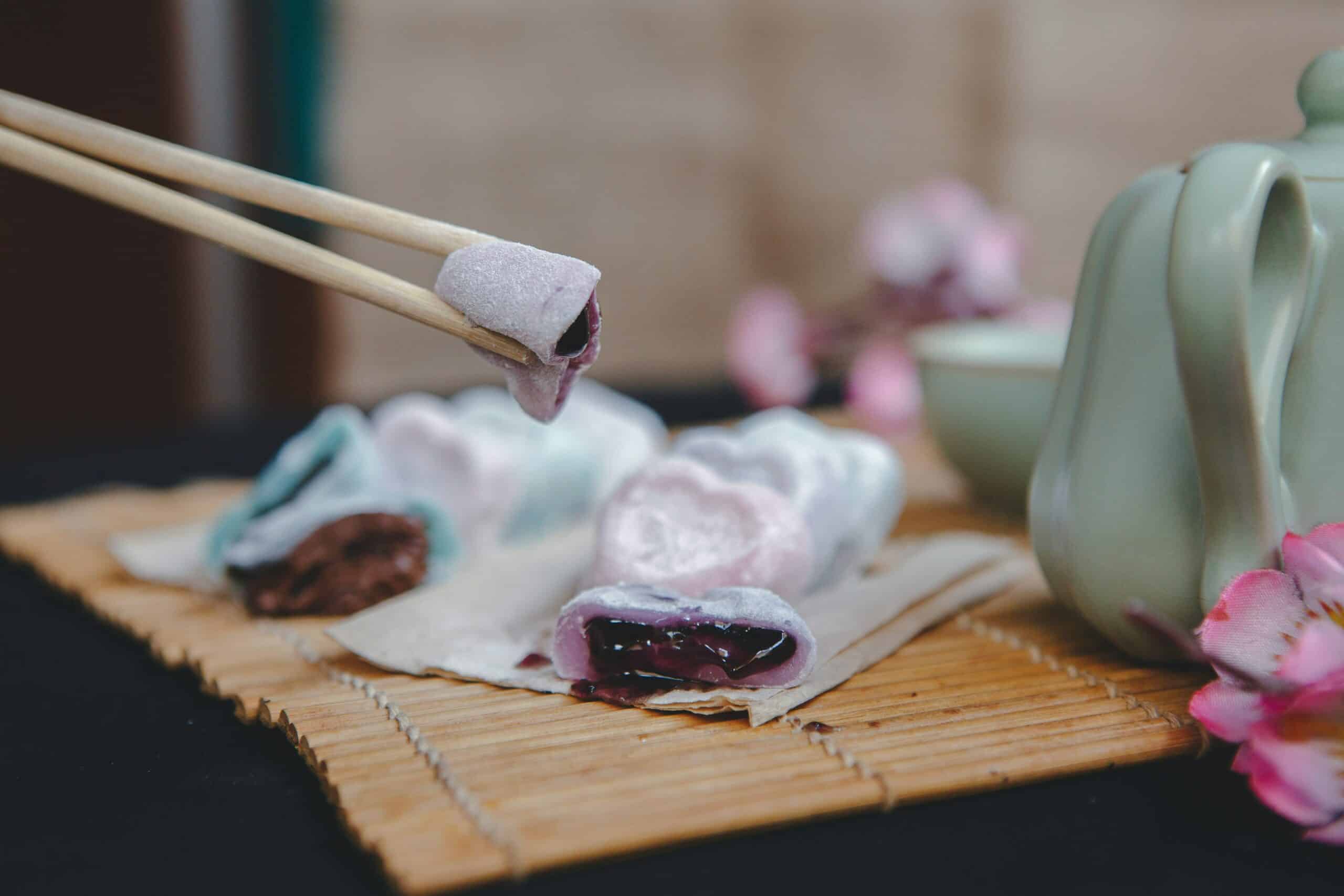
✍️ Tips and Tricks for Perfect Pat
Achieving the Right Consistency
Rinsing the beans thoroughly is crucial to getting the right consistency. Start by discarding any broken or rotten beans.
After rinsing, boil the beans with water. For example, use a 1:2 ratio of beans to water in a large pot. Bring to a boil, then simmer until the beans are soft enough. This can take 2-3 hours.
When the beans are done, save some of the cooking liquid. You can add it back to adjust the consistency.
Blending the cooked beans to a smooth puree is essential. A food processor or blender can help achieve a smooth texture. For a thicker paste, you can incorporate sweet or glutinous rice flour during the blending process.
Storing and Freezing Guidelines
Proper storage ensures your pat stays fresh for future use. Once made, let the red bean paste cool completely before storing.
Pat can be kept in an airtight container in the refrigerator for up to a week. Freezing is a great option if you want to store it longer.
When freezing, divide the paste into smaller portions. This way, you can thaw only what you need. Place the portions in freezer-safe bags or containers. Pat can be frozen for up to 3 months.
When you’re ready to use the frozen pat, defrost it in the refrigerator overnight. Reheat gently on the stove, adding water if it seems too thick.
⚠️ Allergens and Substitutes
Some people might be allergic to legumes, including adzuki beans. Those with such allergies should avoid dishes containing pat. It's important to check the labels and ingredient lists carefully for Korean products.
For substitutes, sweet potato paste or chestnut paste can provide similar textures and are often used in Korean cooking. These options can help maintain traditional flavors while avoiding allergens.
Always consult a healthcare provider if unsure about allergens and substitutes.
❓ Frequently Asked Questions
To make Korean red bean paste, start with adzuki beans. Boil the beans until they’re soft, then drain them. Add sugar or honey and cook for about 10 more minutes. Mash the mixture into a paste and let it cool.
Korean red bean paste has a sweet and subtly nutty flavor. It's not as strong as chocolate or as tangy as fruit, making it unique. This taste profile has made it a beloved component in many Asian desserts.
Red bean paste is rich in protein and fiber. Adzuki beans are also known for their antioxidant properties. These nutrients support muscle growth and digestive health. Additionally, the beans are low in fat, making the paste a relatively healthy option.
Some popular red bean paste desserts include mochi, red bean ice cream, and steamed buns filled with the paste. In Korean cuisine, it’s often used in sweet rice cakes called tteok.

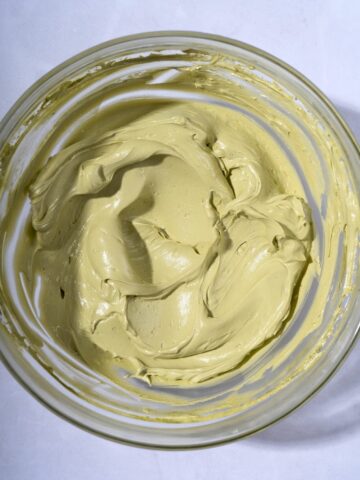
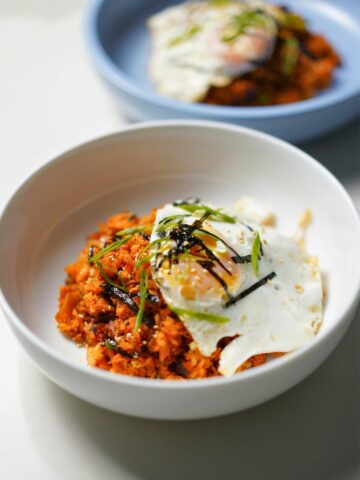

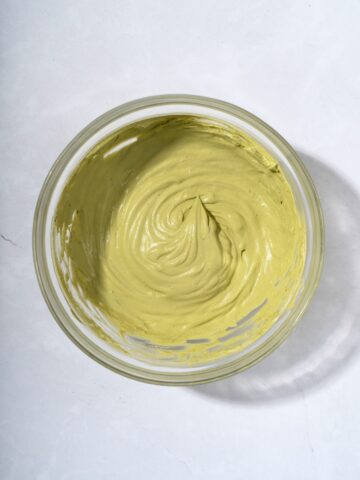
Comments
No Comments